
As the deadly novel coronavirus continues to spread across the world, the importance of doctors has once again come into the spotlight, and rightly so. Even at this very moment, innumerable doctors are putting themselves at risk all through the day in different parts of the world to help treat the countless COVID-19 patients. The hope of the common man also rests on these doctors and medical researchers today, as it is them who will ultimately find a solution to this rapidly increasing coronavirus mess.
It is in these times that we should recognize and honor some of the leading doctors and physicians who saved millions of lives and made our lives better through their innovation, research, and dedication to the field. Here are some of the most influential doctors who changed the world.
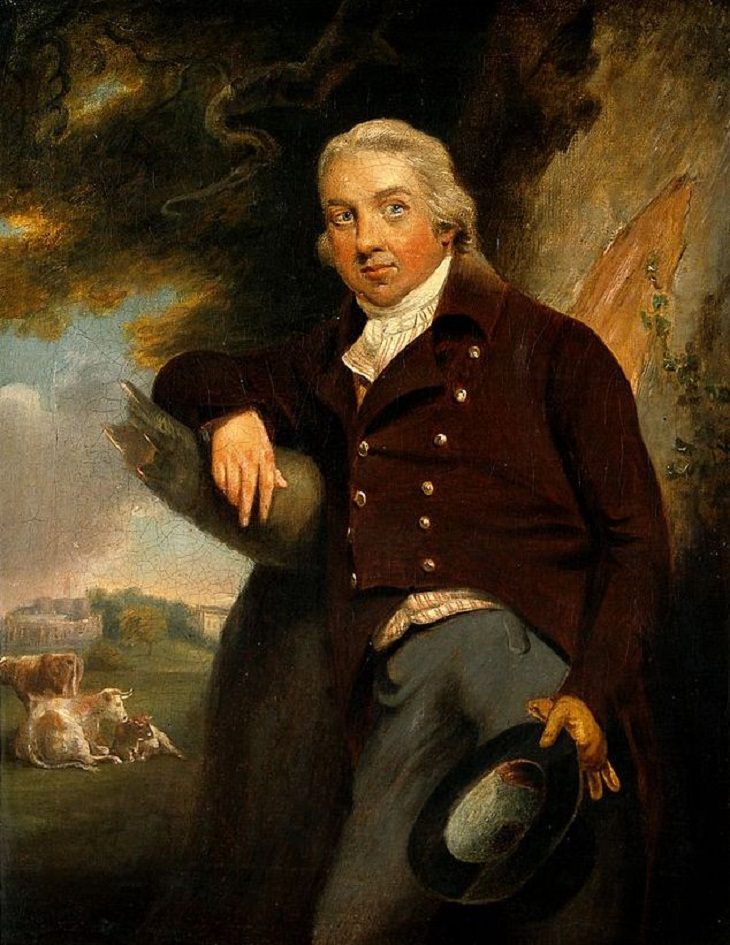
Image source - Wikimedia Commons
Edward Jenner was an English physician and scientist who is famous for having made the world’s first vaccination, which he had developed as a preventive treatment for smallpox. Often called the "father of immunology," Dr. Jenner was born on May 17, 1749, in Berkeley, Gloucestershire, and is credited to have saved more lives than any other human.
Smallpox was rampant in the 18th century and it was Jenner who introduced a new technique to counter it. Interestingly, the discovery of this vaccine happened when Jenner observed that milkmaids were generally immune to smallpox. However, they inevitably caught cowpox because of their close work with cows. After researching further, he came to the conclusion that a bout of cowpox produced immunity against smallpox.
On May 14, 1796, Jenner extracted fluid from a cowpox blister and scratched it onto the skin of his gardener’s eight-year-old boy. The boy developed a fever and some uneasiness but eventually recovered. Then, on July 1 that very year, Jenner inoculated the boy again. This time, though, with smallpox matter. Incredibly, the boy didn’t develop the disease, and thus the vaccine was a success. All over Europe, doctors soon followed Jenner’s unique technique and it eventually led to a drastic fall in new sufferers of smallpox.
In the centuries to follow, scientists adopted Jenner’s model to develop new vaccines to fight a number of deadly diseases. By 1970, smallpox had been eliminated worldwide and Edward Jenner will always be thanked for that.
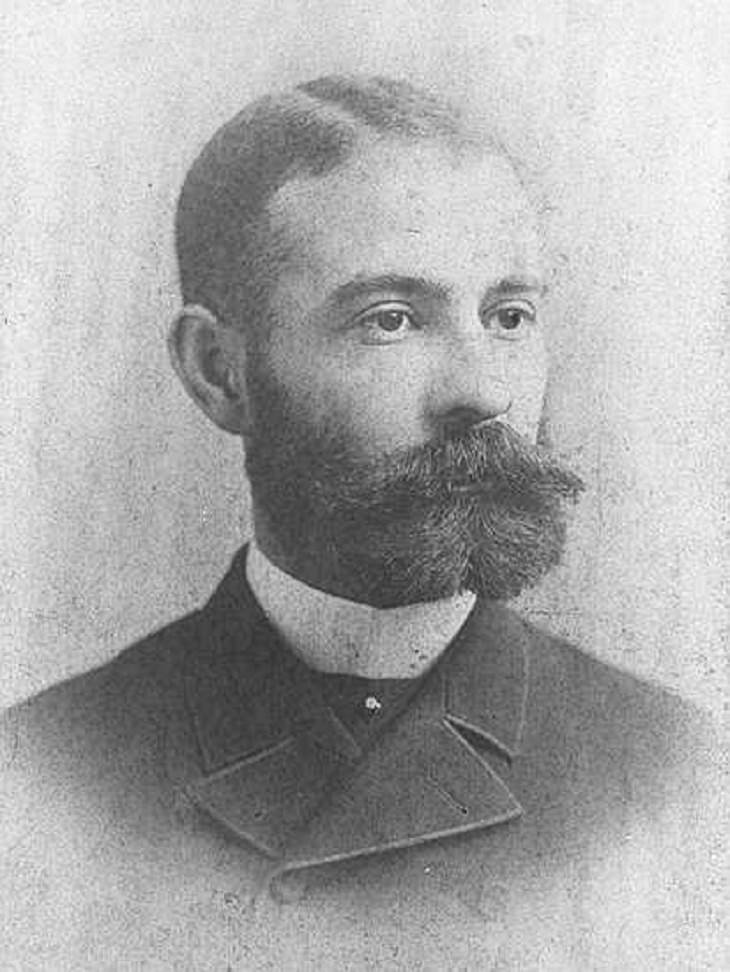
Image source - Wikimedia Commons
Daniel Hale Williams is credited as the person who performed the world's first successful heart surgery in 1893. Williams, who was the son of a barber, started as a shoemaker but quickly understood that he needed more education.
Williams graduated from Chicago Medical College in 1883 and despite the hardships he had to face in his life, he went on to become a successful surgeon.
It was during his stint at the Provident Hospital that Williams performed a bold heart surgery on July 10, 1893. During those days, surgical treatment of heart wounds wasn’t approved. However, Williams tried to adopt different measures to treat a patient who had been rushed in after being stabbed in the chest. He opened the patient’s thoracic cavity without taking the assistance of blood transfusions or any form of anesthetics and antibiotics. Instead, he went ahead with the surgery, explored the heart and then stitched a wound of the pericardium (the sac surrounding the heart). The patient then went on to live for 20 more years after the successful surgery.
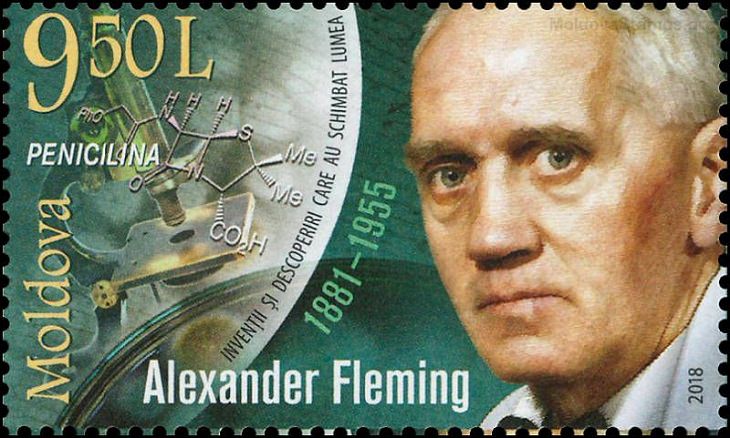
Image source - Wikimedia Commons
Sir Alexander Fleming is a world-renowned name and is best known for his discovery of penicillin. Born at Lochfield in 1881 near Darvel in Ayrshire, Scotland, Fleming served in World War I as a captain in the Army Medical Corps. The talented doctor always had a keen interest in the natural bactericidal characteristics of antiseptics and of blood. His incredible work on wound infection and lysozyme (an antibacterial enzyme found in tears and saliva) earned him a coveted place in the history of bacteriology. However, there was more to come from this genius.
In 1928, while studying the influenza virus, he accidentally discovered penicillin. Fleming had left a staphylococcus culture on a plate and later found that mold had formed on it. On further investigation, he discovered that the mold set up a bacteria-free circle around it. Further studies revealed that the culture could prevent the growth of staphylococci even at 800 times dilution. It was also a part of the Penicillium notatum (now classified as P. chrysogenum) family. Initially, Fleming called the substance “mold juice” but later termed it “penicillin”.
Eventually, penicillin became the first antibiotic that doctors used and also came into good use during World War II to treat soldiers. The discovery and manufacture of penicillin and other antibiotics transformed the face of medicine, as they helped in saving millions of lives. Alexander Fleming’s name was thus etched in history.
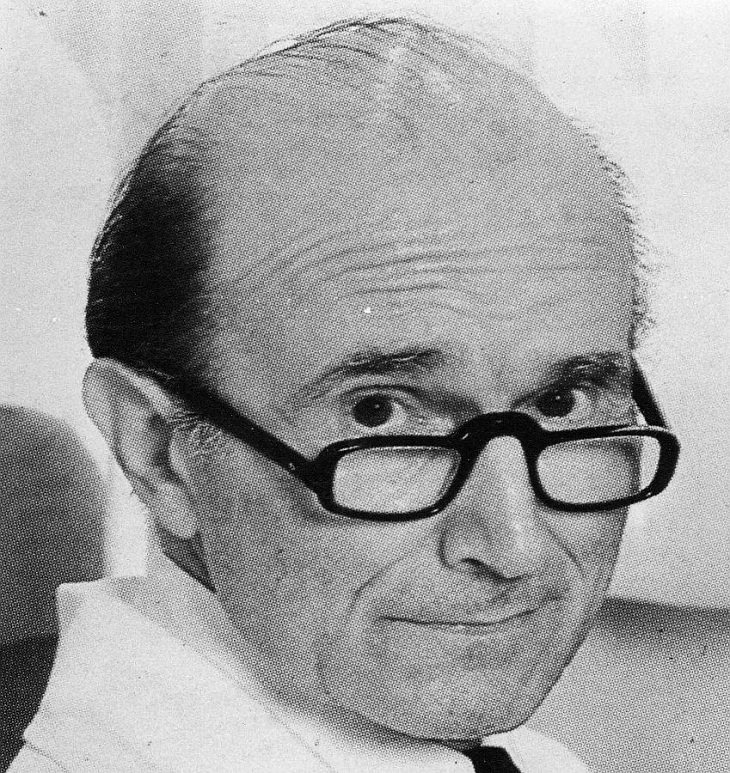
Image source - Wikimedia Commons
Georges Mathe was a reputed oncologist who performed the world's first bone marrow transplant in 1959. Mathé was born on July 9, 1922, in Sermages, France, and was particularly interested in studies of bone marrow transplantation. In 1959, Dr. Mathé went on to create history when he performed the first bone marrow transplants on six Yugoslav physicians who had been accidentally irradiated at a nuclear power plant. Four of the six survived. The doctor thus essentially discovered the treatment for leukemia with his experimental treatment.
Four years later, in 1963, Dr. Mathé proved this when he cured a patient of leukemia with a bone marrow transplant. The process involved giving patients a high dose of cancer drugs and radiation to kill leukemia cells. Bone marrow transplants were also later used to treat radiation and blood diseases including sickle cell anemia.
Another vital accomplishment of Mathé’s career was when he specified graft-versus-host disease (a condition that happens when donor bone marrow or stem cells attack the recipient) by inferring that it was because of an immune reaction of the cells in the donor marrow against the autograft cells of the patient.
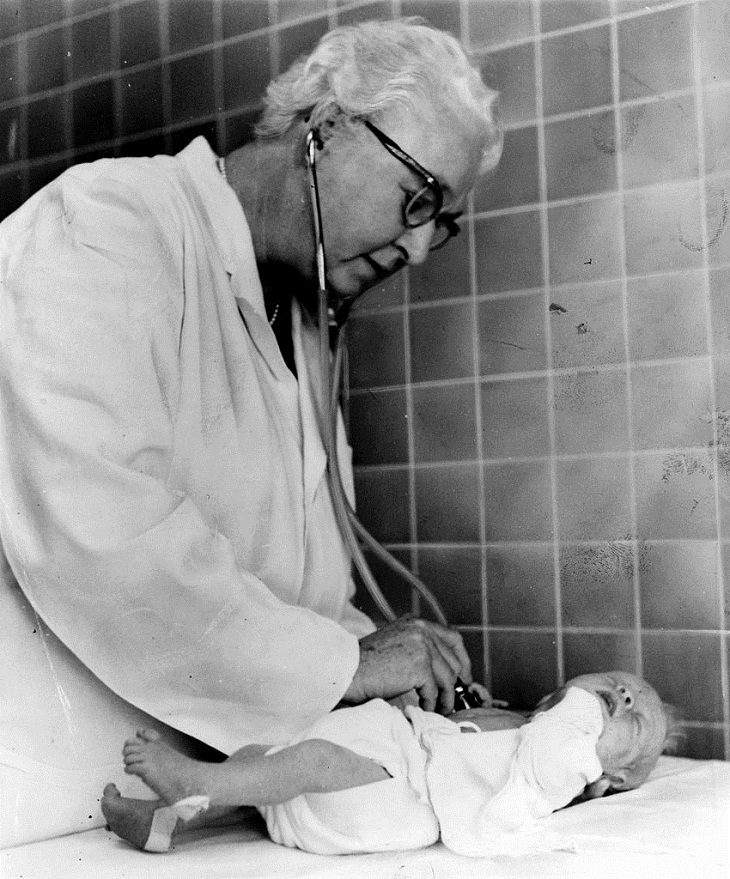
Image source - Wikimedia Commons
Virginia Apgar was an American physician, anesthesiologist, and medical researcher who designed the Apgar Score - the first standardized measurements for evaluating a newborn's transition upon leaving the womb – in 1952. While the device was initially rejected, its importance was eventually realized. The Apgar Score is now used to measure a newborn’s condition and viability on five simple observations - their heart rate, respiratory effort and muscle tone along with reflex response and color. Apgar’s gadget literally revolutionized the way newborns were evaluated immediately after birth and soon came into general use throughout the world.
This wasn’t her only achievement, however. Dr. Apgar made some significant contributions to the field of obstetrical anesthesia and also developed new means to assess blood gases and serum anesthesia levels.